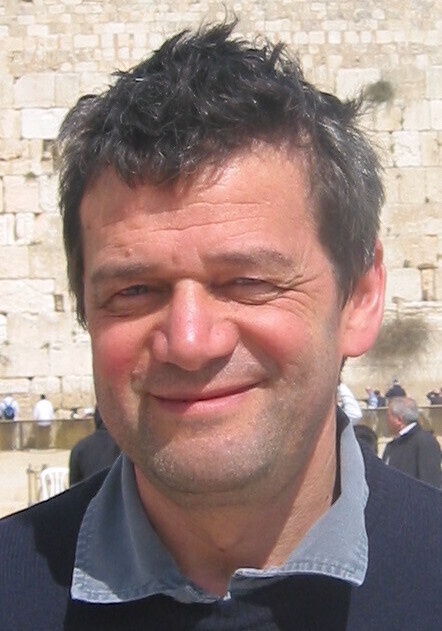
Events
Henry L. Pierce Laboratory Seminar on Wednesday, October 4, 2023 with Prof. Lev Truskinovsky

Please join us on Wednesday, October 4, 2023 for The Pierce Seminar at 4 PM in Room 1-131 with Prof. Lev Truskinovsky.
Abstract Title: Mesoscopic discrete-continuum approach to crystal plasticity
Abstract:
We discuss a novel mesoscopic tensorial model (MTM) of crystal plasticity which allows one to capture in a geometrically precise way the role of crystallographically-specific lattice invariant shears. It represents a crystal as a collection of deforming elastic elements whose nonlinear elastic response is governed by globally periodic continuum potential defined in the space of metric tensors. The ensuing Landau-type model with infinite number of equivalent energy wells effectively views a plastically deformed crystal as a mixtures of equivalent “phases”. Plastic yield is interpreted as an escape from the reference energy well, and plastic ‘‘mechanisms’’ are linked to low-barrier valleys of the energy landscape.
Being effectively discrete, the MTM approach is formulated in terms of macroscopically measurable continuum quantities (stress and strain). Therefore it can handle both long and short range interactions, including the ones involved in the dislocation nucleation and in the interaction of dislocations with various obstacles, without introducing ad-hoc relations. In contrast to physical experiments, the MTM modeling allows one to track the deformation history of individual elastic elements. Using this capability of MTM, we were able to trace how various microtwin laminates self-organize to present themselves macroscopically as pseudo-rigid rotations. The dissipative, dislocation-mediated nature of such self-organization suggests that at least some of the macroscale textures, sometimes naively associated with purely elastic or even rigid rotations, have their origin in collective motion of dislocations. The quantitative statistical analysis of the emerging spatial correlations suggests that the underlying process of dislocational self-organization resembles fluid turbulence.
Bio:
Prof. Truskinovsky received his BS and PhD from Moscow University (1984). He spent a year as a postdoc at Harvard University (1990). He was then an Associate Professor at the University of Minnesota before moving to France in 2000. He is currently a Director of Research (CE) at CNRS, Paris, France.

